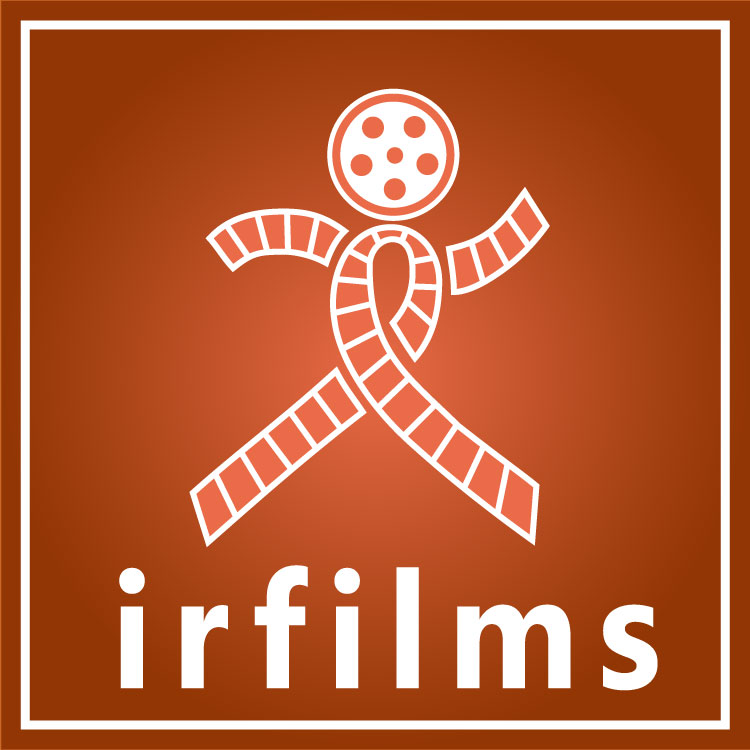Parisa Sassani: Hamid Shahparrad is one of the documentary makers who made portrait documentaries of cultural and literary figures such as Seyed Jafar Shahidi in the documentary “In Search of Truth”, Allameh Qazvini in the documentary “Parisian Matters”, Mohammad Ghazi with the documentary film “Muhammad the judge According to Gustav Dore, Iqbal Lahori with the documentary “Ma and Iqbal”, Mohammad Moin with the documentary “Life among Words” and Manouchehr Anwar have directed, and most of his research and cinematographic activities depend on working on cultural and artistic figures. He recently directed the documentary portrait of Zabihullah Mansouri. He believes that basic research based on documents is one of the important emphasis in documentary cinema, and no matter how powerful research is in documenting, especially documentary portraits, a more accurate film will come out. But unfortunately, this importance is not included in production budgets, as it should be, or the financial part for research is not considered much.
In a conversation with Khabaronline, this documentary maker talked about the making of documentary portraits, the work of documentary cinema in introducing cultural figures, the degree of acceptance of government institutions such as public libraries, the Organization of Documents and the National Library of Iran and other centers related to the promotion of book reading by making documentary films and showing them to The people spoke.
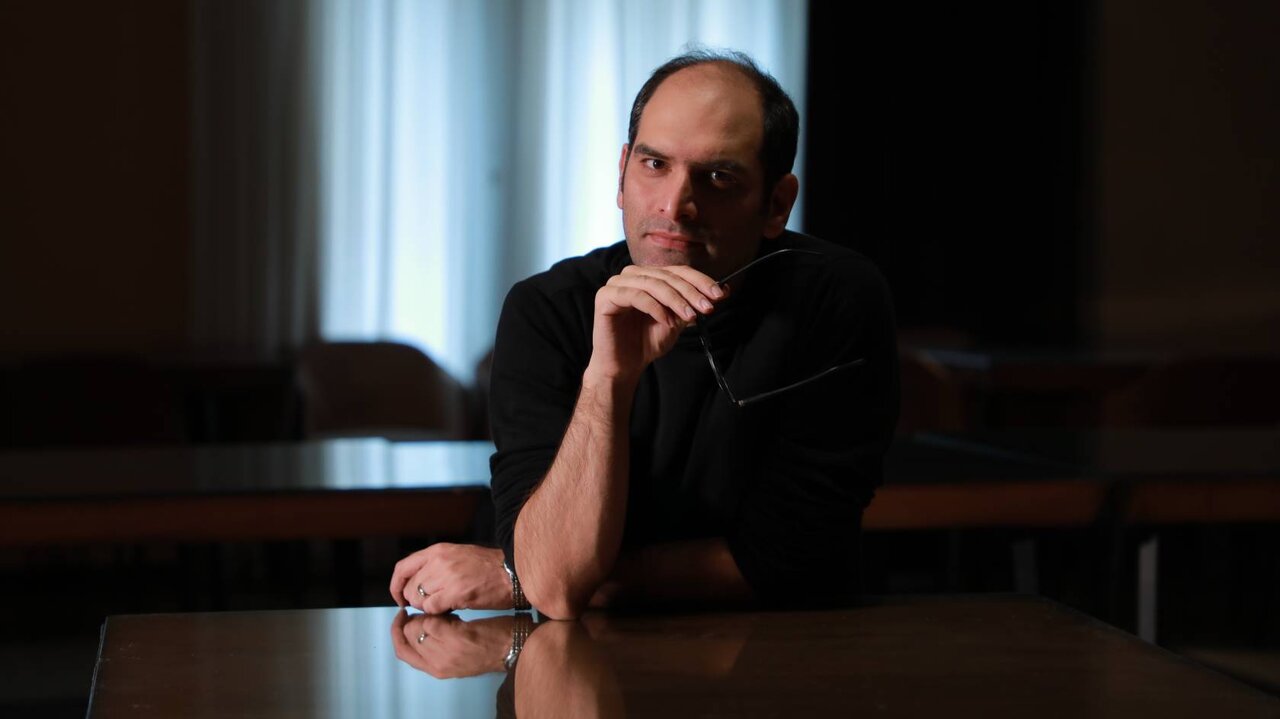
* Making documentary films, especially portrait documentaries of various influential cultural figures, is one of the important functions of this cinema and will remain as historical documents for future generations. Which scientific and literary achievements have you done so far?
I have started making 6 documentary portraits about two translators, lexicographers and proofreaders since 1400, and Zabihullah Mansouri’s documentary is a continuation of the same path, but it was more complex, wider and I can even say more difficult than the previous films.
* Why was it more difficult?
In my opinion, Zabihullah Mansouri is a writer and translator who has received less attention from artists and intellectuals, and at the same time, he has gained special acceptance among people, and this feature was very attractive for me as a documentary maker to make a film about him. For this reason, I read his books for long hours, I read the margins that were written next to the books, and this issue created a space for me to be able to direct a pristine space of this cultural and literary character with the help of producer Arian Attarpour. I believe that Zabihullah Mansouri is an extremely popular figure and influential in their taste. In this film, we are talking about a writer and translator who has only one written interview out of five times in his career in this field, and if it wasn’t for Mr. Lotf Ismail Jamshidi, a pioneer in the field of journalism, and if he didn’t help us, the making of this film wouldn’t have started.
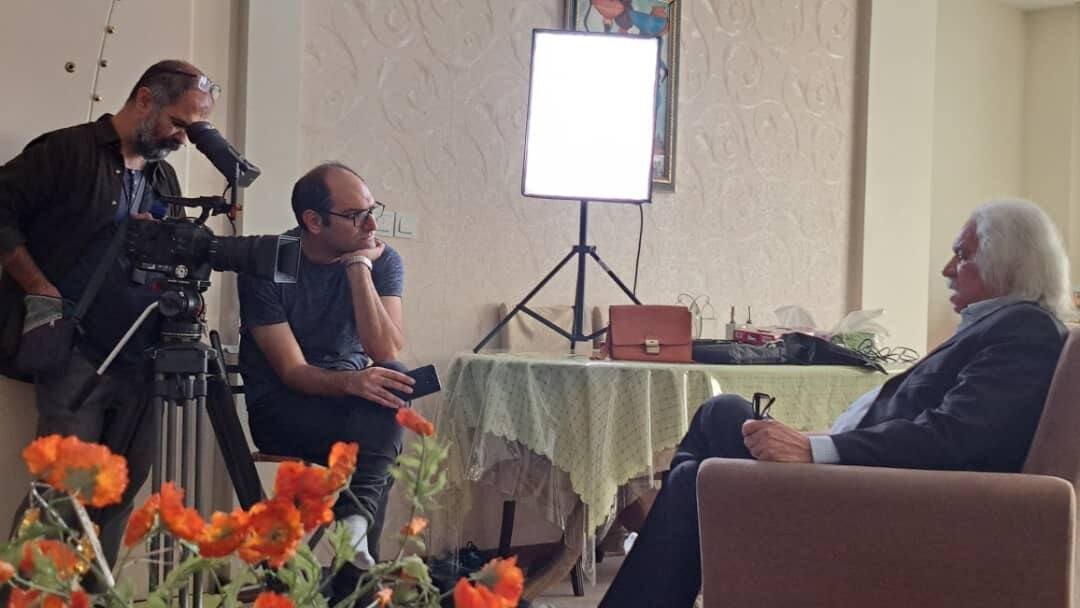
Behind the scenes of Zabihullah Mansouri’s documentary
* In your speech, you mentioned that you also directed a documentary about a dictionary writer. What kind of person was he?
Dr. Mohammad Moin. It happened that the first film I directed in the field of magnanimity was Dr. Moeen. In my opinion, it was a good introduction to contemporary literary magnificence. Because he is the person who worked on Dehkhoda’s dictionary and he himself was the owner of the dictionary and played a key role on the basic part of language which is words. In fact, Dr. Mohammad Moin is one of the people to whom contemporary Persian literature owes.
* People like Dr. Moin are among the figures who seem to be considered for his likes because of their age in the history of contemporary Iranian literature; have made documentaries so far.
yes exactly Documentaries have been made about some figures in the past. For example, Manouchehr Moshiri made a film about Dehkhoda, Seyyed Jafar Shahidi, Mohammad Moin and others years ago. But these films were valuable in the past 30 years and a new look at them is very important considering the social changes that have occurred in these years. In fact, the view of the faces and cultural pride of this land has changed a lot from 1357 to 1400; For example, in Mohammad Qazi’s film, I have done an important part of his translation, which is dedicated to the famous work “The Little Prince”, in a fantasy form with modern techniques. I mean, I thought that the film being made should be according to the needs of the world. The unfortunate thing in this direction was that many of the people I wanted to interview were not alive and some of the documentaries I made were the last interviews of these figures. Of course, this issue was very sad for me as a documentary maker, and at the same time, I felt good when we were able to talk about people like Amir Bano Karimi or Dr. Abdullah Anwar, who died 6 to 1 year after their documentary was made; I will make a documentary film as a document and historical data.
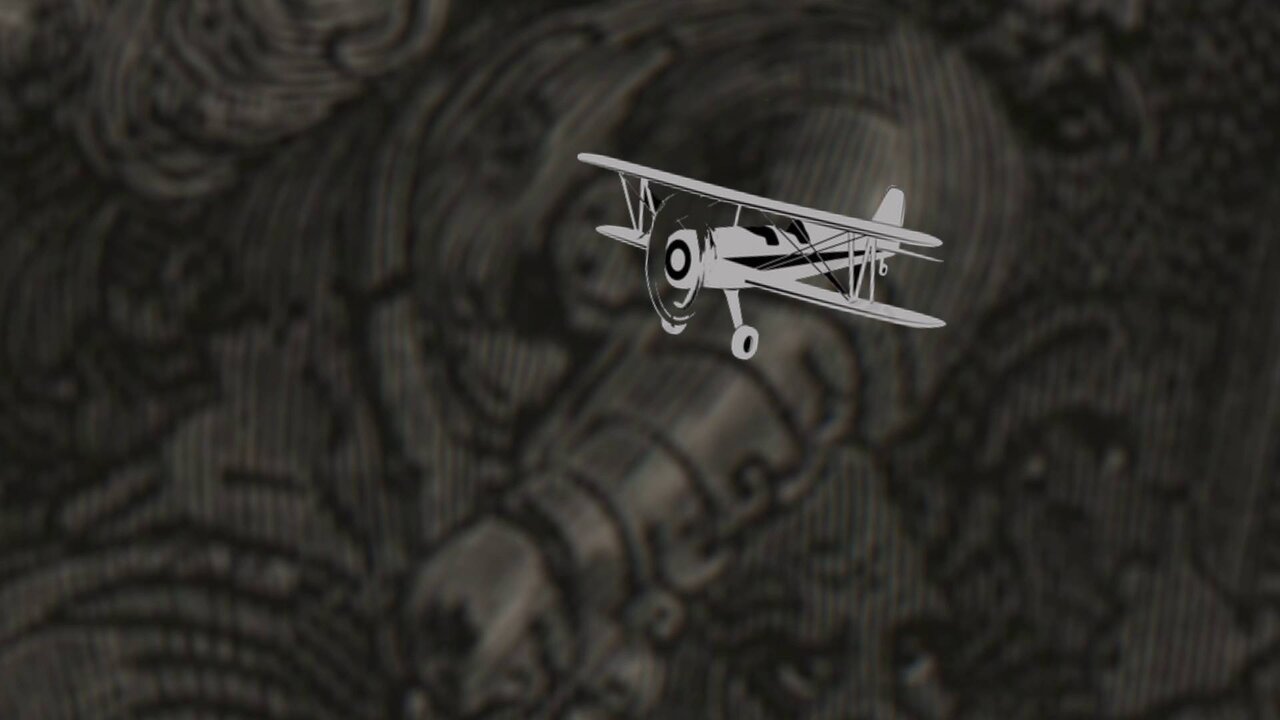
Animation remakes of Mohammad Qazi’s film narrated by Gustavo Dore
* You talked to Amirbanu Karimi and Abdullah Anwar about Dr. Moeen, right?
yes Dignitaries such as Dr. Karimi and Abdullah Anwar accepted my invitation because of the reputation of Professor Moin. Because they were both his students and worked with him in Dehkhoda’s dictionary. Meeting with these intellectuals left first-hand memories of Dr. Moin for history. Dr. Moin died 50 years ago, and many people helped us to know and document his various aspects, including Hassan Anwar, who is also a dictionary writer; pointed out
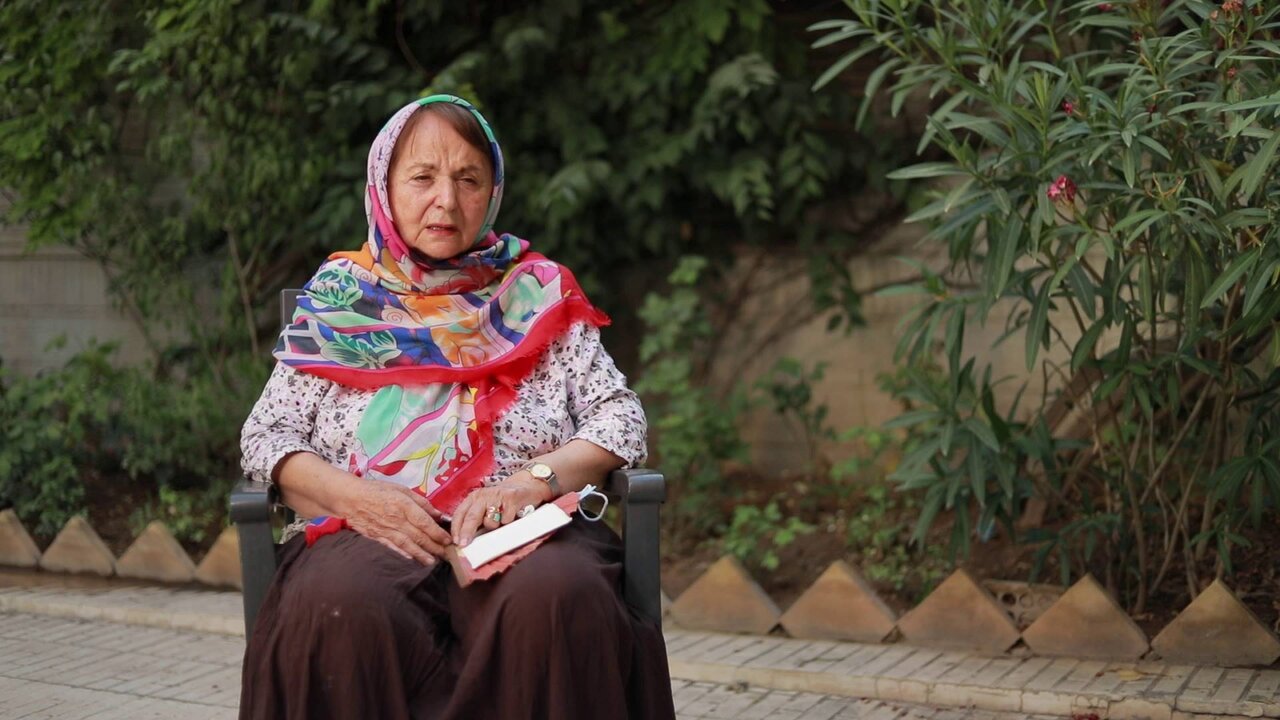
Amirbanu Karimi in the documentary “Life among Words” by Professor Moin
* What kind of thinking did you document after Mohammad Moin’s portrait?
The documentary “Life in the midst of words” was the beginning and a window to filmmaking about literary characters, and after that I was offered to work on the character of Allameh Mohammad Qazvini, who is a very special character among Iranian intellectuals. He copied in France for many years and was the corrector of one of the original copies of Hafez. The version that is currently in the hands of the public is the corrected version of Allameh Qazvini.
* The last week of November is registered as “Book Week”. In this week, many programs are organized by related centers. Considering that you are working in the field of documentary production, have related institutions such as the Public Library or the National Library of Iran put on a show for these documentaries? How much do they spend in the field of making documentaries related to their cultural activities? Basically, did they find out about you?
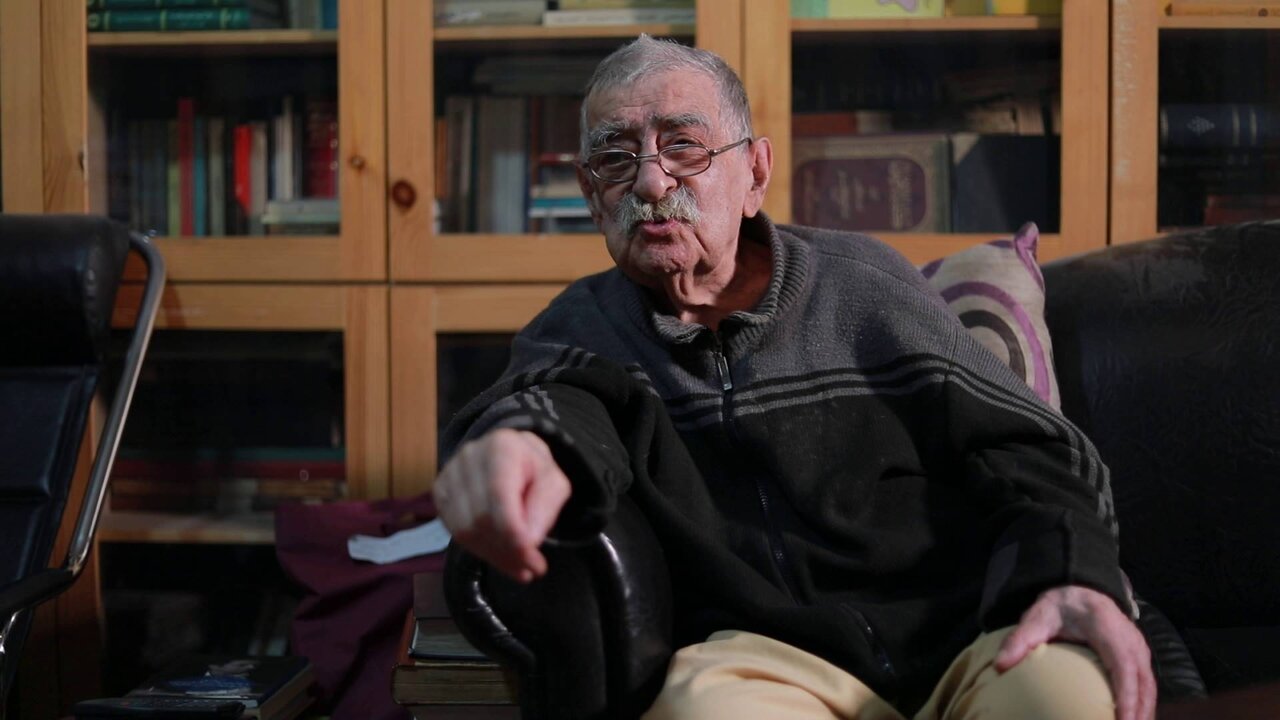
Abdullah Anwar in the documentary “Life among words” by Professor Moin
You asked a good question. Look, apart from the cinema festival, we have had small screenings in private spaces, but these screenings have been in the form of gatherings and for those interested in this field. For example, Mohammad Ghazi’s documentary was shown in Ardibehesht House. Of course, I do not deny the activation of the private sector. But there is this expectation from institutions related to the subject of books and reading. But what I realized is that government institutions, even though they are the only centers that can support this kind of films, did not understand the importance of this issue in different periods. Of course, the documentary network and the center for the development of documentary and experimental cinema support the production of such films, but it is very difficult to convince these centers.
* Usually prominent people or cultured figures are hard to trust. Did you encounter any problems in this way?
Why by the way? Often, for various reasons and their mental background, they are distrustful of the medium of documentary cinema, and this is the reason why we face difficulties in every film we want to make, and we have to redefine ourselves to start every documentary. In fact, they have become pessimistic because of the immorality that has taken place, and this issue has made the work difficult, and I really don’t know how long I can continue. While portraiture is very enjoyable and opens up a new world for the documentary maker, and to enter the world of each person, I have to read his works and what has been written about him many times, because the scientific and research basis of a documentary is too much. May a stronger and more documentary film be made. I worked on a film about Iqbal Lahori called “Ma wa Iqbal”, which was a very difficult film to explore Iqbal’s relationship with Iran.
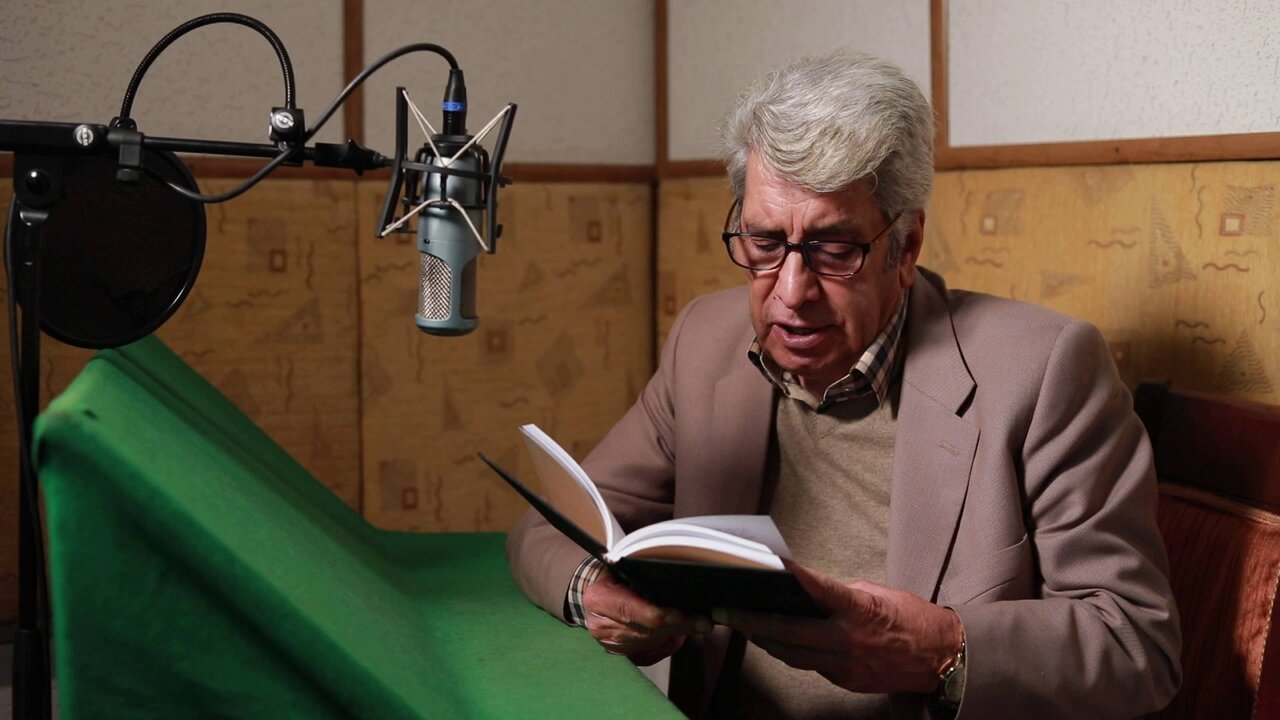
Behrouz Razavi in the movie “Pakhistan” by Manouchehr Anwar
* Apart from the center of expansion and documentary and experimental cinema, which has the task of producing works, have other cultural centers offered to produce?
No. From the point of view of government centers, documentary film production is not defined in their budgeting structure, and of course, the economic conditions are not such that they can do expensive work such as documentary production, that’s why they are looking for simpler work. But this task is defined for television, which can work well on this issue. For example, one of the important parts that can be created is oral history documentaries, which television can enter directly. For example, when I interviewed Manouchehr Anwar, he spoke very correctly about the coup because, according to him, he was in the middle of the war at that time, which can be used as an oral history document.
24357
